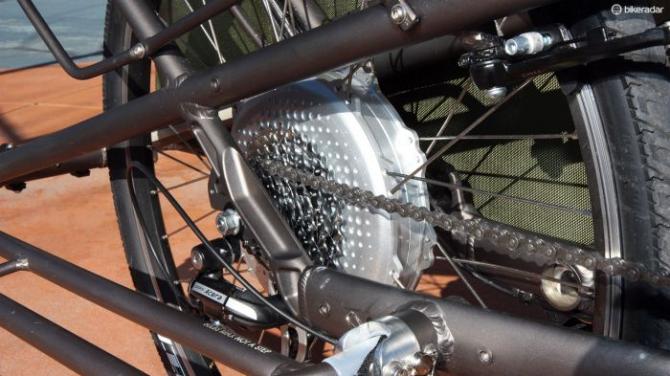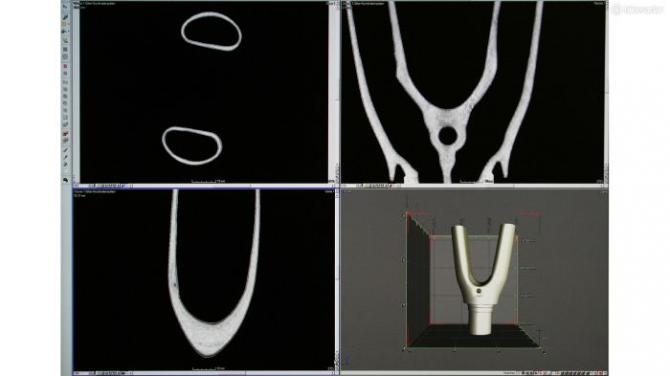What is mechanical doping?
Some posit that cheaters are hiding motors inside their bikes
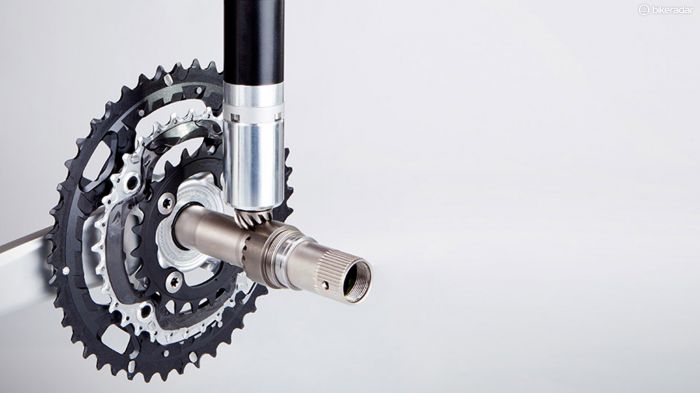
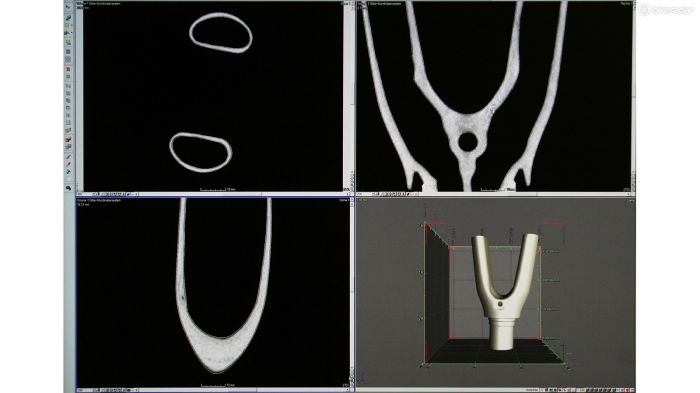
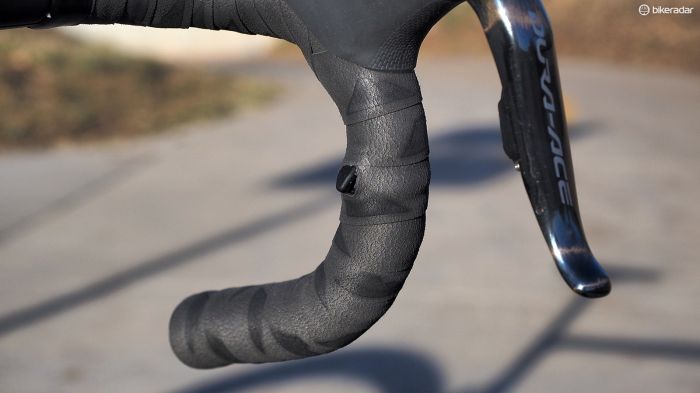
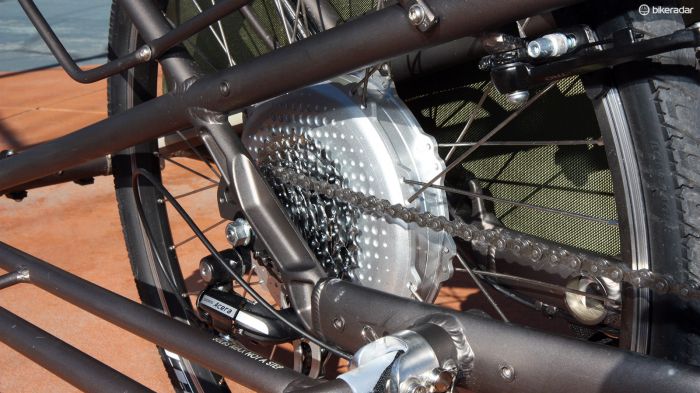
This article originally appeared on BikeRadar.
UCI checked for motors in bikes at cyclo-cross Worlds
UCI checks bikes of Contador, Hesjedal and Gilbert for motors at Giro d'Italia
UCI serious about mechanical doping but number of tests remain low
UCI test Froome, Contador and Pinot bikes on Alpe d'Huez for mechanical doping
Electromagnetic wheels are the new frontier of mechanical doping, claims Gazzetta dello Sport
If you’re following this year’s Tour de France, you’ve probably heard the term ‘mechanical doping’, which refers to the idea of riders hiding small motors inside their bikes for an extra boost. Doping normally means performance-enhancing drugs, but as you might imagine, boosting your performance with a motor in competition is always banned. But is anyone actually trying to do this?
How it might work
Motors for bikes certainly exist, but primarily for commuter- and utility-type bikes where the electrified boost can greatly ease a rider’s daily commute or lessen the load of a few days’ worth of groceries. Most of these ‘e-assist’ systems are built around either the crank or rear hub, with bulbous motor housings and big rechargeable batteries – neither of which are exactly conducive to clandestine operation.
However, there’s one design called the Vivax Assist (formerly known as Gruber Assist) that is nearly completely hidden inside the frame. It’s this concept (or something like it) that ‘mechanical doping’ alarmists claim is possibly being used at the highest levels of the sport.
In its current form, the Vivax Assist comprises a small cylindrical motor drive unit that slides down inside the frame’s seat tube, tucked away from prying eyes, plus a small external battery. At the bottom of the motor unit is a small bevel gear that drives a retrofitted crank spindle. With a simple push of a handlebar-mounted button, the rider can summon up to 200 watts of extra pedaling power, essentially transforming an average cyclist into Chris Froome.
Claimed weight for the entire system is 1.8kg (3.97lb, complete, claimed) but even though that’s already relatively svelte, such a system wouldn’t be used in standard form.
The latest race content, interviews, features, reviews and expert buying guides, direct to your inbox!
Professional road racing today is a game of increasingly miniscule advantages and a smaller system with even a small fraction of the Vivax Assist’s output would be plenty effective on a critical climb. A smaller system would be much lighter and more compact, too, so as to fit into a wider range of bicycle frame types than the stock unit currently allows.
Could a standard electronic shifter be modified to control a hidden motor system? Sure, it's possible, but whether it's actually happened is another question.
At least in theory, then, mechanical doping is very much possible. And as we’ve all been reminded time and again, professional bicycle racing is no stranger to cheating.
Is ‘mechanical doping’ actually happening?
With such an effective tool within reach, it’s easy to see how such an idea might take hold. But there are reasons it is unlikely.
For one, there are plenty of technical hurdles surrounding how such a scheme might be physically implemented. While it wouldn’t take much of a boost to provide a measurable benefit, electric motors have one critical quirk: they provide assistance when there’s electricity applied but when operated in reverse, it’s a generator that sucks precious power away from the rider’s legs, thus having the exact opposite effect than intended.
As a result, any type of Vivax Assist-like system would likely have to incorporate a retractable drive gear to eliminate the drag when it isn’t in use (or the team would have to plan a strategically timed bike change).
Already, the Union Cycliste Internationale (UCI) is using a custom X-ray machine at key races to search for anything hidden inside bikes. Every scan has come back negative so far. (But, as we know, the absence of damning evidence is hardly conclusive proof of innocence.)

